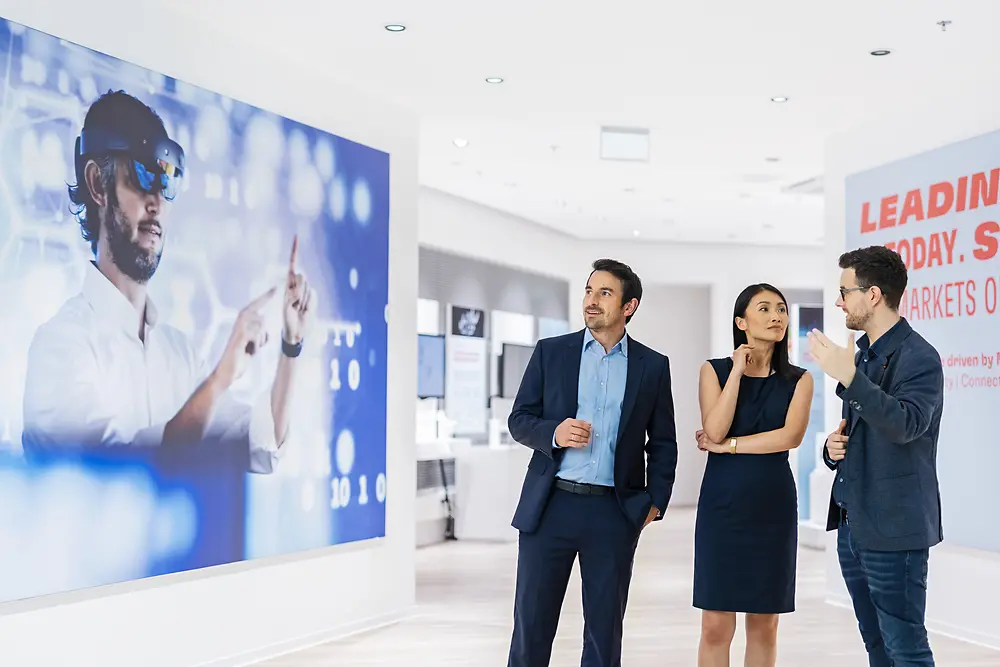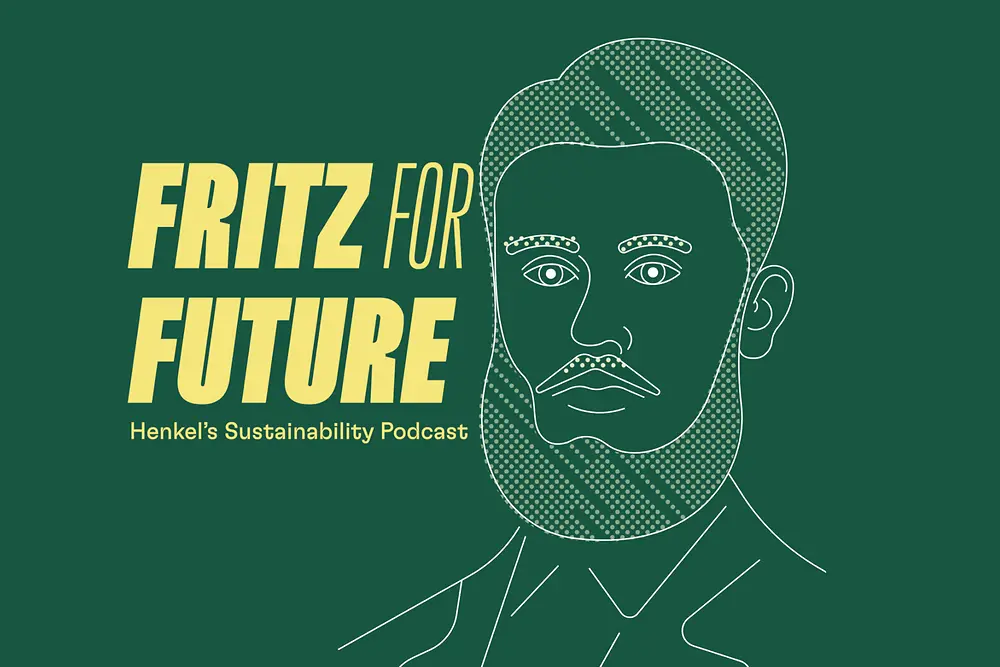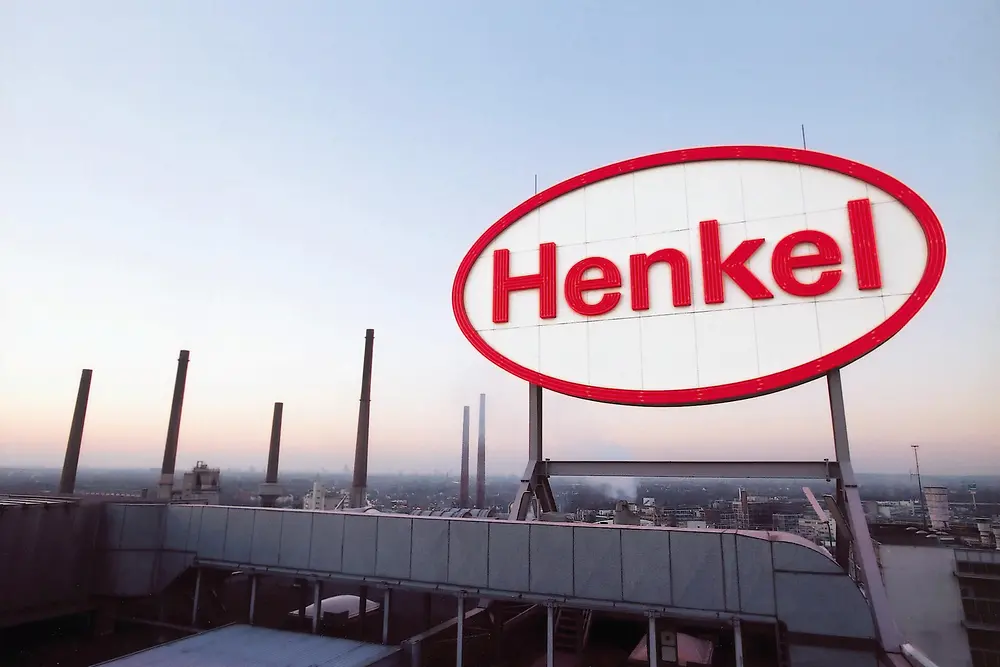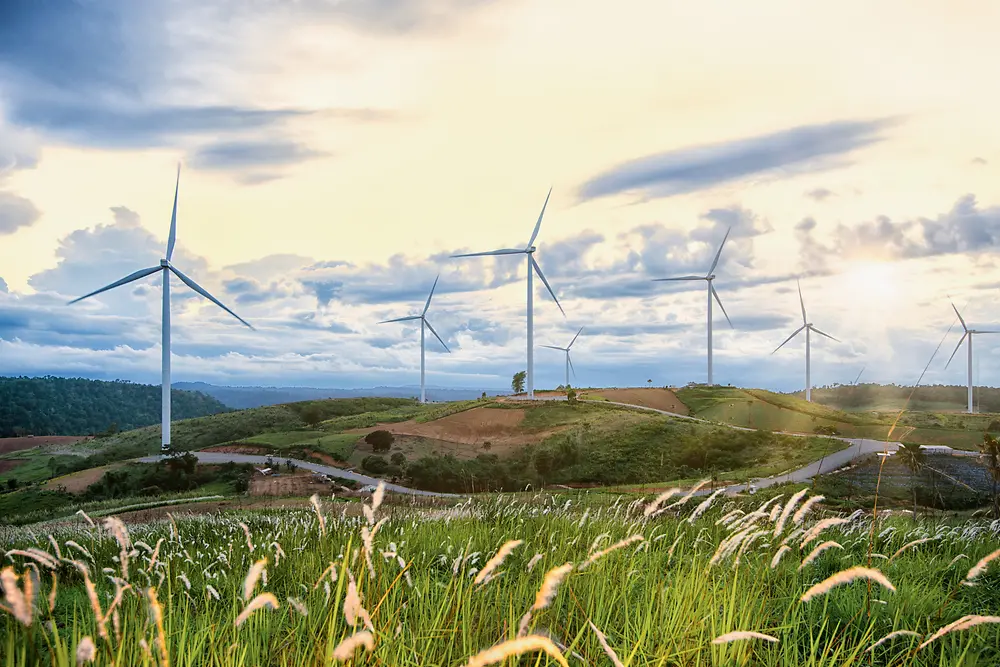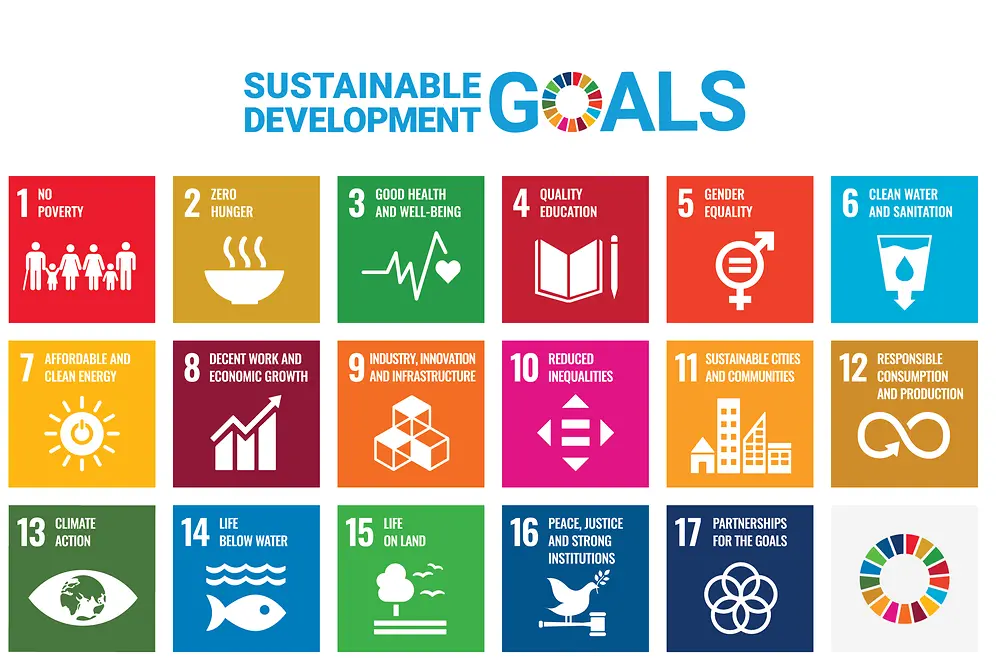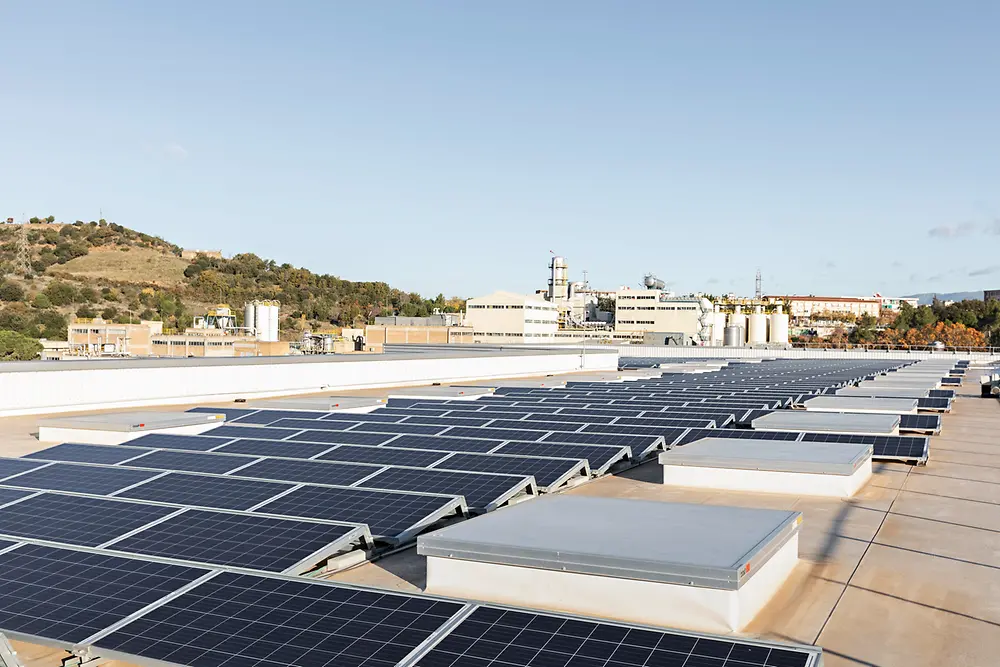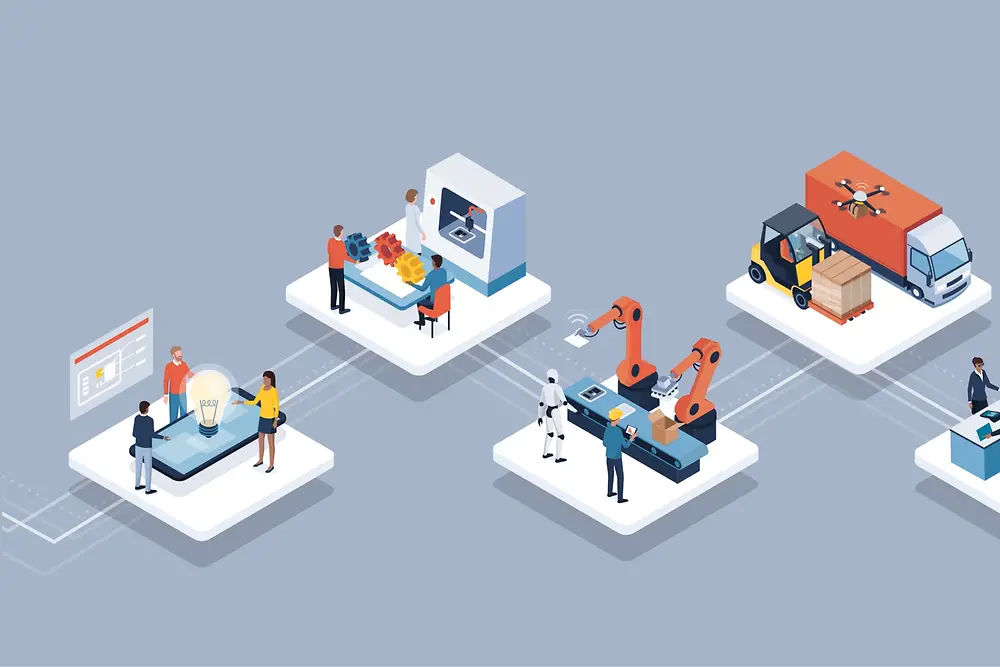What does climate change mean? What action is being taken now? And what can be done in the future? We’re taking a closer look at climate change – and at how governments, companies and individuals can be part of a solution.
Back in 2015, the Paris Agreement was announced during the World Climate Conference. It committed countries to limiting the global temperature rise to well below two degrees Celsius above pre-industrial levels. Additional efforts were also announced that aimed to limit the temperature increase to just 1.5 degrees Celsius. But why?
Since the 1880s, which marked the beginning of industrialization, the Earth’s temperature has risen by about one degree Celsius. This is having an impact on the world, on people and on the environment – which can already be seen in extreme weather phenomena, global migration and changes in ecosystems. Research conducted by NASA, for instance, shows that global temperatures in 2019 were second only to those in 2016. This means there is a clear long-term trend for our planet getting warmer: the past five years have been the warmest in the last 140 years.
It is our long-term ambition to become climate-positive by 2030.
At the same time, scientists argue that global temperatures can be expected to rise much more if current trends persist. This will have irreversible and destructive impacts on the climate because the global balance of atmosphere, land and ocean will be affected. Businesses will also be affected due to constraints in the supply chain. For this reason, companies are developing preventive risk management strategies alongside their efforts to avoid CO2 emissions.
